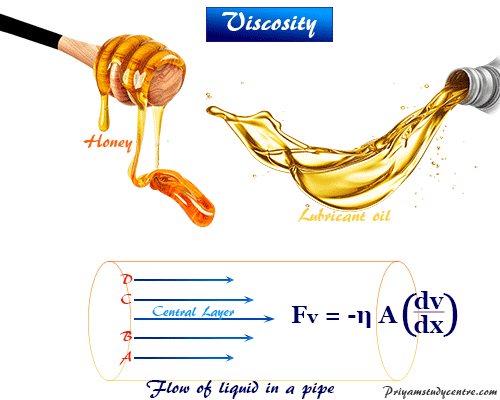

How long the oil has been in use - If the report’s data resembles that of old oil but the lubricant actually has just been place in service, something is almost certainly wrong with either the oil or the system.Where the sample is collected within the system - A contamination level that would be considered normal on samples taken before a filtration point might be considered excessive, and potentially problematic, if taken just after a filter.But if the same machines are used in arid places, above-average water levels most likely would indicate a problem. The specific application and operating conditions - For example, you might expect above-average water content in machines operated in humid regions.What is deemed acceptable versus alert-worthy in oil-analysis data depends on factors such as: If the report for one machine concludes there are no issues, does that mean the same holds true for the other machine? Not necessarily.

Suppose the oil-analysis reports for two identical machines have identical data results. In oil analysis, “normal” and “abnormal” results are relative. There is no simple answer to that question. Monitoring the TAN closely may help avoid using a lubricant beyond its service life.
LOW VISCOSITY OIL MEANING FULL
These summaries are a good starting point for reviewing your report, but they don’t tell the full story. It also summarizes the overall severity of issues (if any) discovered during the analysis. The report’s summary section provides an overview of the condition of the lubricant and machine. If the information on the submission form was incorrect or incomplete, the information in the report may be invalid: Data deemed “normal” in the report may actually be abnormal (and vice versa), and recommended actions may be inappropriate. Double-check to ensure that the submission information is accurate. The report features a recap of the details about the oil and component that your company provided on the submission form. Although the reports may be daunting, you should pay prompt attention to them: They may alert you to situations that require monitoring or immediate action to avoid breakdowns or other catastrophic consequences.

They are dense with data and details that support the lab’s overall findings and recommendations. Oil analysis reports contain vital information about the condition of a lubricant and of the equipment in which the lubricant is being used.


 0 kommentar(er)
0 kommentar(er)
